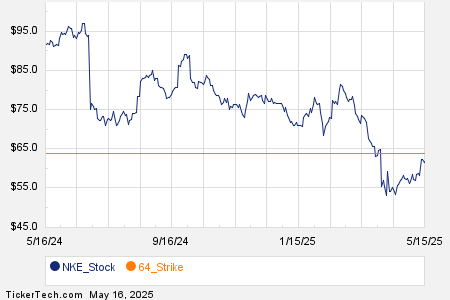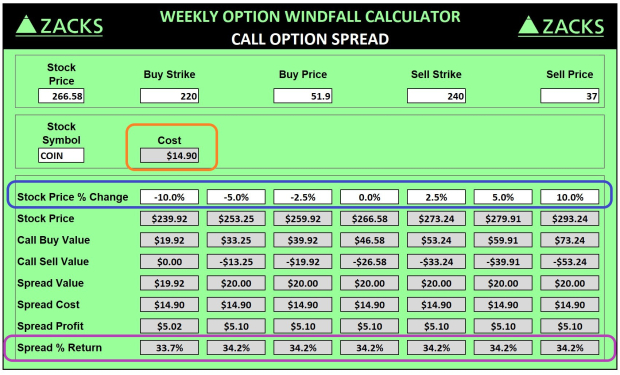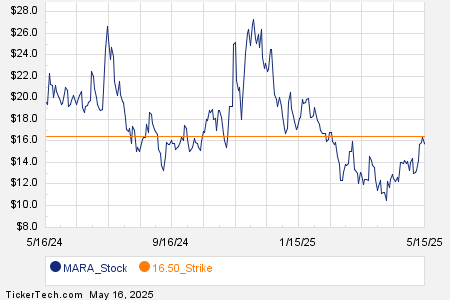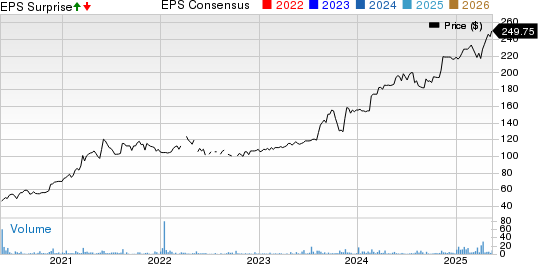Nvidia’s GPUs Remain Industry Leaders Amid Rising Competition
In the realm of training generative AI models, Nvidia‘s (NASDAQ: NVDA) graphics processing units (GPUs) are recognized as the industry standard. This doesn’t come as a surprise, as the semiconductor giant claims over 90% of the GPU market.
The intriguing aspect lies in how Nvidia gained this significant edge over its rivals. While the company does not disclose its major clients, industry speculation suggests that big players like Microsoft, Alphabet, Amazon, and Meta Platforms are among its top customers.
With these companies projected to invest well over $300 billion in AI infrastructure this year, it’s reasonable to consider them as consistent clients of Nvidia.
Beyond major tech firms, another rising company is becoming a notable client: Elon Musk’s new venture, xAI. This article will delve into how xAI utilizes Nvidia’s hardware and estimate its potential spending on Nvidia’s chips.
Collaboration Between xAI and Nvidia
xAI is advancing a large language model (LLM) called Grok, designed to compete with popular models like OpenAI’s ChatGPT. Over the past year, xAI has focused on creating a supercomputer to train its AI systems. The first stage involved 100,000 Nvidia GPUs, which was subsequently expanded to 200,000.

Image source: Getty Images.
Future Plans for xAI
A few months ago, Musk and his development team discussed Grok’s training and future strategies. He underscored the need for more GPUs, suggesting that the next training cluster, referred to as Colossus 2, would be five times larger than its predecessor. This means it would require 1 million chips, significantly increasing the initial scale.
Musk estimated the total cost of Colossus 2 to be between $25 billion and $30 billion. However, a recent report by Beth Kindig, CEO of the I/O Fund, indicated that total costs could reach closer to $40 billion. Given that Nvidia’s chips typically sell for $30,000 to $40,000 each, such spending could indeed amount to tens of billions of dollars.
Is Nvidia Stock a Good Investment?
Investing in Nvidia presents some concerns, especially due to the rise of custom silicon. While major clients currently rely on Nvidia GPUs, they are also developing their own in-house chips. Furthermore, Advanced Micro Devices (AMD) is gaining traction in the data center sector, raising valid concerns about Nvidia’s growth trajectory.
Examining Wall Street’s revenue and earnings predictions for Nvidia over the next couple of years shows signs of normal growth deceleration for a company of its maturity, particularly amid new competition.
More importantly, industry analysts continue to forecast growth for Nvidia in the near future. If xAI does indeed spend near the top of its estimated budget, it demonstrates Nvidia’s sustained pricing power despite competitive pressures.
These factors suggest that while cloud hyperscalers may diversify their sources, emerging clients like xAI will absorb demand from traditional buyers.
Currently, Nvidia’s stock is trading near its lowest price-to-earnings (P/E) ratio of the year. Ongoing concerns regarding tariffs, China export controls, and rising competition have overshadowed the semiconductor leader in the short term. However, forecasts and Musk’s aggressive investment in Nvidia GPUs indicate the company should manage to meet demand effectively.
Now seems to be an opportune moment to consider Nvidia’s stock for long-term investment.
Conclusion
The information provided represents the author’s views and does not necessarily align with those of Nasdaq, Inc.





